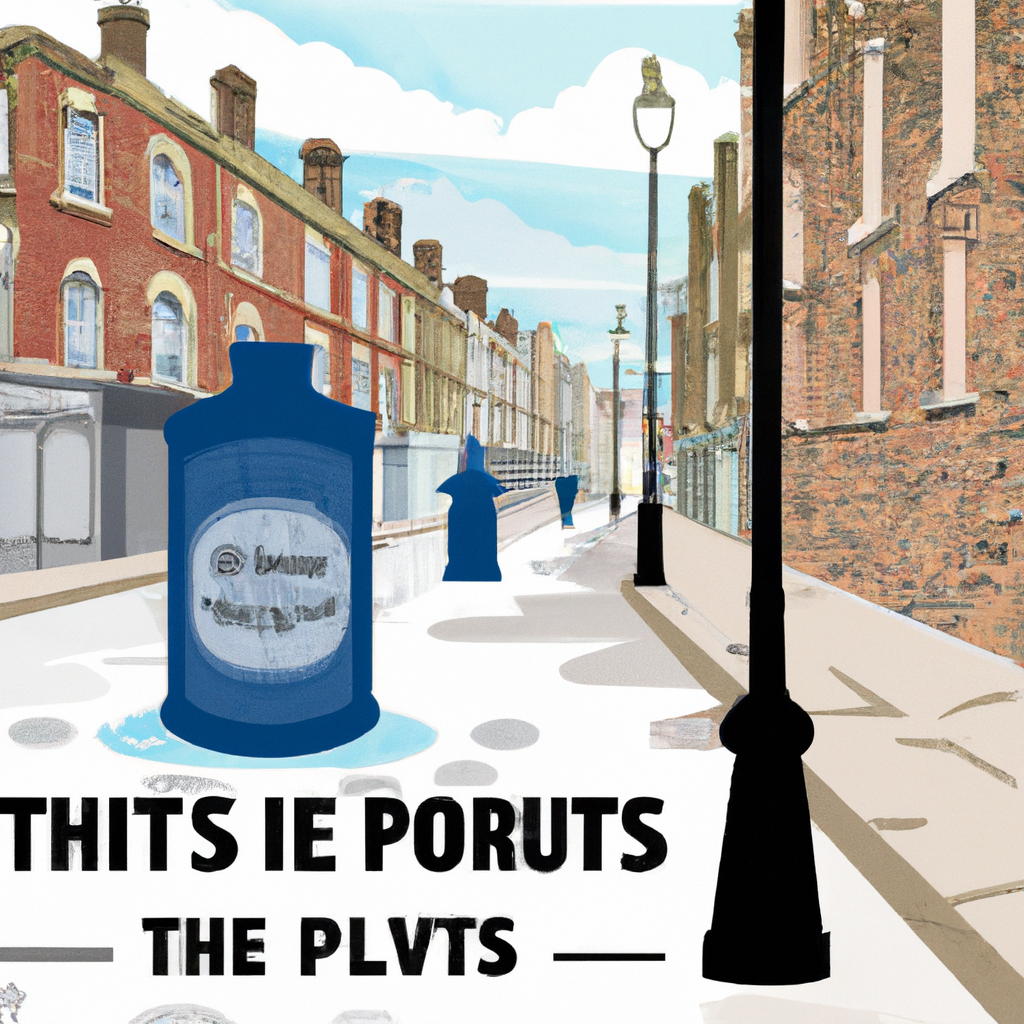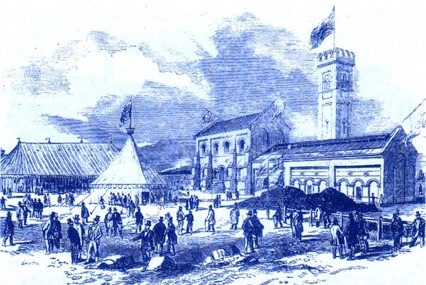
Water is an essential resource for life, but throughout history, it has also been a carrier of deadly diseases. London, with its dense population and inadequate sanitation systems, faced numerous outbreaks of waterborne diseases in the past. In this article, we explore the historical battle against these diseases in London and the pivotal role played by purifying water sources. Join us on this journey as we delve into the past and uncover the remarkable efforts made to combat waterborne illnesses.
The Prevalence of Waterborne Diseases in London
During the 19th century, London was plagued by waterborne diseases, causing widespread suffering and death. Cholera, typhoid fever, dysentery, and other illnesses thrived due to contaminated water sources. The lack of proper sanitation and the close proximity of waste disposal to drinking water supplies created a breeding ground for these deadly diseases.
The Cholera Outbreaks
Cholera, a highly contagious disease, wreaked havoc in London during the 19th century. The first major outbreak occurred in 1832, claiming thousands of lives. The disease spread rapidly through contaminated water sources, leading to severe dehydration and death. The lack of understanding about the transmission of cholera only exacerbated the situation.
The Investigation of Dr. John Snow
Dr. John Snow, a renowned physician, played a pivotal role in unraveling the mystery behind cholera transmission. He conducted extensive investigations during the 1854 cholera outbreak in Soho, London. By mapping the cases and identifying a common water source, the Broad Street pump, he made a groundbreaking discovery – cholera was transmitted through contaminated water.
The Removal of the Broad Street Pump Handle
Armed with the evidence he gathered, Dr. John Snow convinced local authorities to remove the handle of the Broad Street pump. This action effectively halted the spread of cholera in the area, providing compelling proof of the connection between contaminated water and disease transmission. Dr. Snow’s pioneering work marked a turning point in the battle against waterborne diseases.
The Implementation of Water Purification Methods
The discovery made by Dr. John Snow laid the foundation for the implementation of water purification methods in London. The Metropolitan Water Act of 1852 mandated the filtration and treatment of water supplies. This led to the construction of water treatment plants and the introduction of sand filtration techniques. These advancements significantly improved the quality of drinking water and helped prevent further outbreaks of waterborne diseases.
The Role of Sir Joseph Bazalgette
Another significant figure in London’s battle against waterborne diseases was Sir Joseph Bazalgette. As the chief engineer of the Metropolitan Board of Works, he spearheaded the construction of a vast sewer network in the city. Completed in 1875, the network effectively separated the sewage from the drinking water supply, greatly reducing the risk of contamination.
The Legacy of the Past
The historical battle against waterborne diseases in London left a lasting impact on public health. The lessons learned from the devastating outbreaks led to significant advancements in sanitation and water purification practices. These developments not only saved countless lives but also laid the groundwork for modern water treatment systems worldwide.
Conclusion
The battle against waterborne diseases in London was a remarkable journey of discovery and innovation. Through the efforts of individuals like Dr. John Snow and Sir Joseph Bazalgette, the city overcame the devastating impact of cholera and other waterborne illnesses. Today, we can look back at this historical struggle and appreciate the progress made in ensuring clean and safe drinking water for all. Let us remember the lessons learned from the past as we continue to protect future generations from the threat of waterborne diseases.
